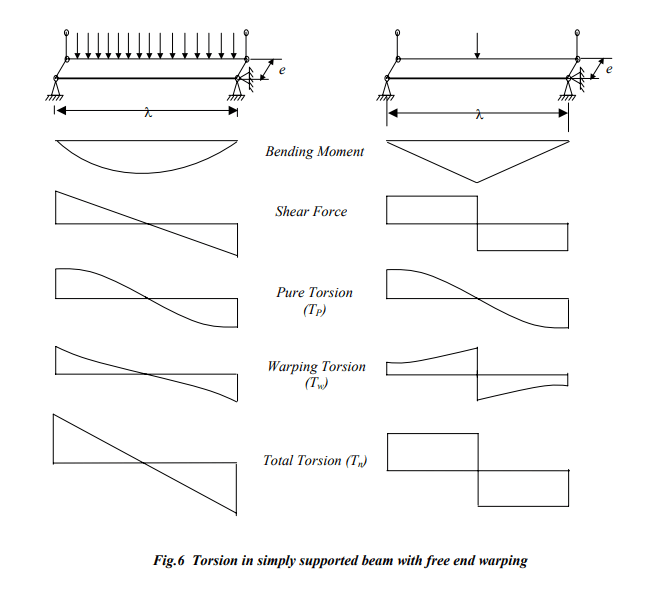BAGW
Structural
- Jul 15, 2015
- 392
Hi,
I am confused about concept of torsion in beams with pin ends. When the beams are attached with just a shear connection (pinned)how can the beam resist torsion? Wont the beam be unstable under torsion load? So what scenario does the AISC design guide case 3 refer to?
Thanks
I am confused about concept of torsion in beams with pin ends. When the beams are attached with just a shear connection (pinned)how can the beam resist torsion? Wont the beam be unstable under torsion load? So what scenario does the AISC design guide case 3 refer to?
Thanks





